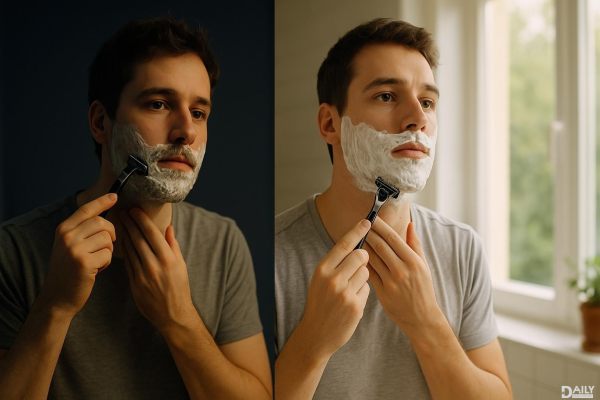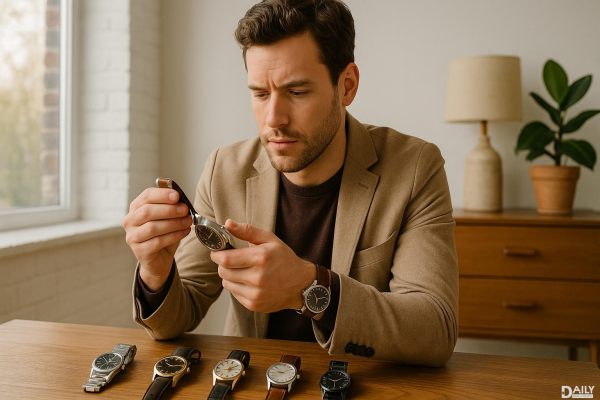So, you’ve heard the rumor: guys with blonde, hairy chests are walking testosterone factories. But is there any truth to it? Let’s cut through the noise. While body hair can be influenced by hormones like testosterone, the color and density of chest hair aren’t direct indicators of hormone levels. Blonde chest hair is more about genetics than testosterone. So, if you’re rocking a golden carpet, don’t assume you’re automatically packing more T than the next guy. Let’s dive deeper into the science and myths surrounding this hairy topic.

Testosterone does play a role in body hair growth, but it’s not the sole dictator. During puberty, testosterone triggers the development of secondary sexual characteristics, including facial and body hair. However, the amount and pattern of hair growth are largely determined by genetics. Some men have thick, dark chest hair, while others have lighter, sparser hair—or none at all. Blonde chest hair is simply a result of melanin levels in the hair follicles, which are genetically inherited. So, while testosterone gets the ball rolling, it doesn’t decide the color or density of your chest rug.
Blonde hair, whether on your head or chest, is caused by lower levels of melanin, the pigment that gives hair its color. This has nothing to do with testosterone levels. In fact, hair color is determined by a combination of genes passed down from your parents. So, if you’re a blonde guy with a hairy chest, you can thank your DNA, not your hormones. That said, testosterone does influence the thickness and distribution of body hair, but it doesn’t control the shade. So, while you might have a lush blonde mane, it doesn’t necessarily mean you’re more “manly” than someone with darker or less hair.
There’s a long-standing myth that more body hair equals higher testosterone and, by extension, greater masculinity. This idea has been perpetuated by pop culture and outdated stereotypes. In reality, masculinity isn’t defined by hairiness. Some men with high testosterone levels have minimal body hair, while others with lower levels are naturally hairier. It’s all about how your body responds to hormones and your genetic blueprint. So, if you’re a blonde guy with a hairy chest, don’t let anyone tell you it’s a measure of your manhood. It’s just one of many ways your body expresses itself.
If you’re curious about your testosterone levels, there’s a better way to find out than checking your chest hair. A simple blood test can measure your total and free testosterone levels. Symptoms of low testosterone include fatigue, low libido, and mood changes, while high levels might cause acne, aggression, or excessive body hair growth. However, these symptoms can vary widely, and only a healthcare professional can provide an accurate diagnosis. So, if you’re concerned about your hormone levels, skip the chest hair analysis and consult a doctor instead.
At the end of the day, your chest hair—whether blonde, dark, thick, or sparse—is part of what makes you unique. It’s not a badge of honor or a sign of weakness; it’s just you. Instead of worrying about what your hair says about your testosterone levels, focus on embracing your individuality. Confidence and self-acceptance are far more attractive than any physical trait. So, whether you’re a blonde-haired, chest-furred guy or a smooth-chested dude, own it. After all, real masculinity isn’t about how much hair you have—it’s about how you carry yourself.
So, does a blonde, hairy chest mean higher testosterone levels? Not necessarily. While testosterone influences body hair growth, the color and density of your chest hair are more about genetics than hormones. Instead of fixating on stereotypes, focus on understanding your body and embracing what makes you unique. And if you’re really curious about your testosterone levels, consult a professional—they’ll give you the real scoop. At the end of the day, it’s not about the hair on your chest; it’s about the confidence in your heart.
























